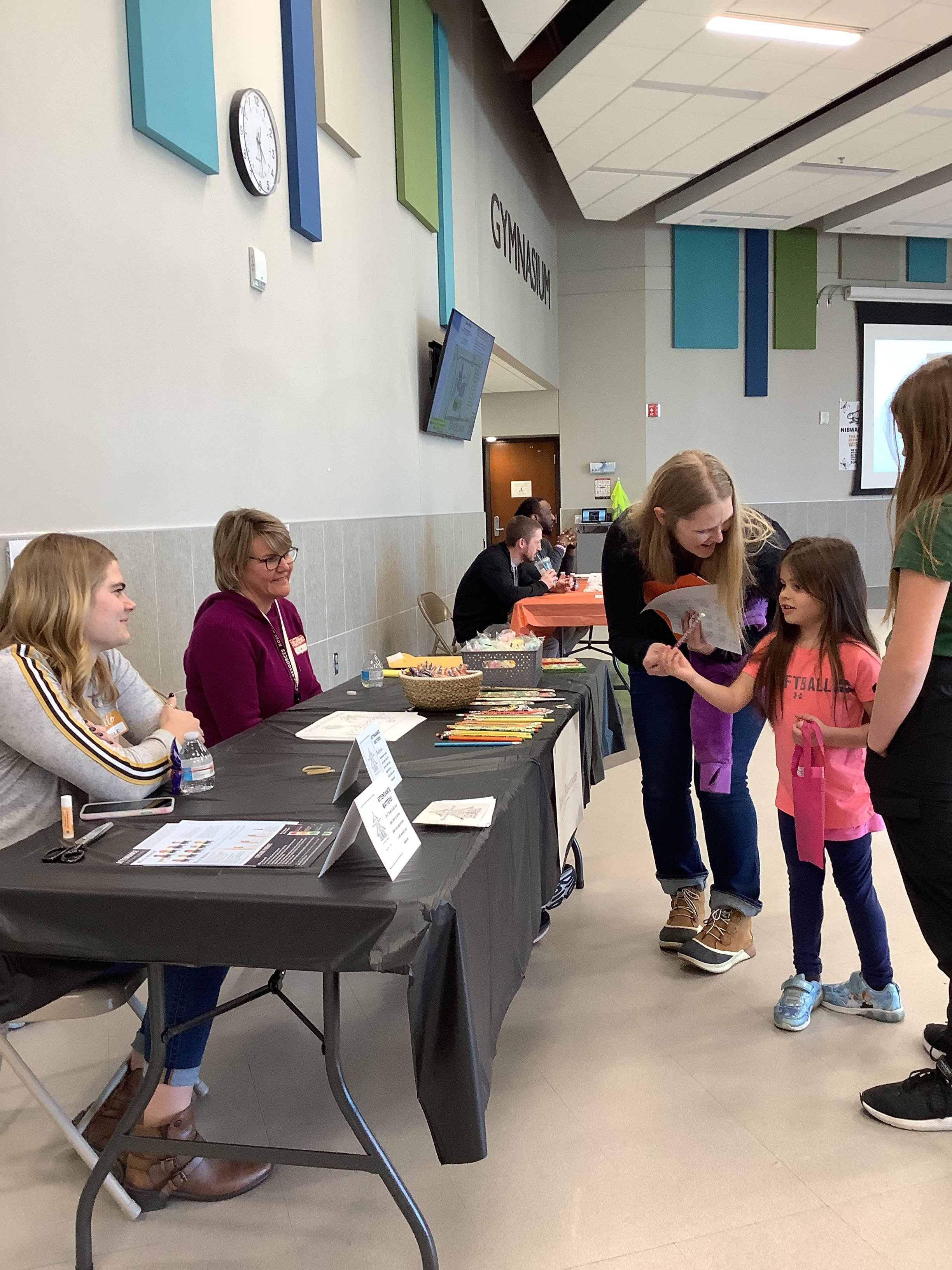
The Plan
With increased funding from voter-approved levies, the district would stabilize its finances, restore programming and advance excellence.
Stable Funding. Strong Schools.
Over the past year, district leaders have engaged our communities for feedback through a community survey, community information sessions and meetings with teachers, staff and residents to gain insight on the needs of our schools. Based on this feedback, the school board is proposing an investment plan that would:
Stabilize our finances to maintain our operations and avoid deeper budget cuts.
Restore programming to bring back class offerings, high school electives and programming that our students have lost due to budget cuts and attract and retain quality staff.
Advance excellence by maintaining small class sizes, enhancing career and technical education and providing a wide range of curriculum and programming.
To achieve these goals, the district is proposing three ballot questions on Tuesday, November 7:
A $1,100 per pupil operating levy that would provide the district with an additional $4.6 million each year to stabilize the district’s finances and avoid deeper budget cuts. Question One determines the fate of the other questions. If Question One does not pass, then Question Two and Question Three automatically fail, no matter their vote totals.
A $2.5 million annual capital projects levy that would restore programming that was lost due to budget cuts, attract and retain quality staff, provide sustainable funding for school safety and invest in technology and school buses. Question Two cannot pass unless Question One also passes.
A $300 per pupil operating levy that would provide the district with an additional $1.2 million each year to maintain small class sizes, enhance career and technical education and update curriculum and programming. Question Three can only pass if Question One and Two also pass.
If approved by voters, these levies would be in place for seven years.
With additional resources, we could:
Prevent budget cuts in spring 2024 and the near future.
Expand community partnerships to align our career and technical programs with the needs of local employers.
Develop our popular high school career and technical programs, which include wood shop, engines, welding, auto mechanics, agriculture (including horticulture, forestry, animal science and food preservation), and a career pathways program that connects students to job shadowing opportunities and internships with local businesses.
Allow middle school students to explore career and technical education early on to help them discover their passions and set them on a path to success.
Increase behavioral support and academic support for struggling students, including in math, reading and science at the elementary, middle, and high school levels.
Make targeted class size reductions to create smaller student-to-teacher ratios and more personalized attention for students.
Add middle school curriculum offerings so students can explore interests in various fields, such as STEAM (science, technology, engineering, the arts and math).
Add high school curriculum offerings. At Grand Rapids High School, this could include academic enrichment in literature, math, social studies and science. At Bigfork, this could include expanding music and foreign language offerings.
What happens if the referendum does not pass?
If voters reject the operating and capital projects levy, the district will face a budget deficit by the 2024-2025 school year. Without additional funding, we will need to make further budget cuts or operational changes before the start of the school year. Budget decisions for that school year will not occur until next spring, but the district and our school board believe our community needs to know the choices we face.
Additional budget cuts may impact:
The number of school buildings we can operate.
Staffing levels—resulting in reductions.
Class sizes.
School week structure—shifting to a 4-day school week.
East and West Elementary schools—changing them from both being PK-5 to one being grades PK-2 and the other being grades 3-5.
Core and elective class offerings.
Access to student academic, mental health and behavioral support.
Student activities in grades 6-12.
Investments in curriculum, buses and technology.
Watch Matt Grose provide an overview of what’s at stake for the November 7 Referendum:
Watch the Oct. 9 ISD 318 School Board meeting for more information on the referendum on Nov. 7, including the options
the district may face if the referendum passes or fails:






